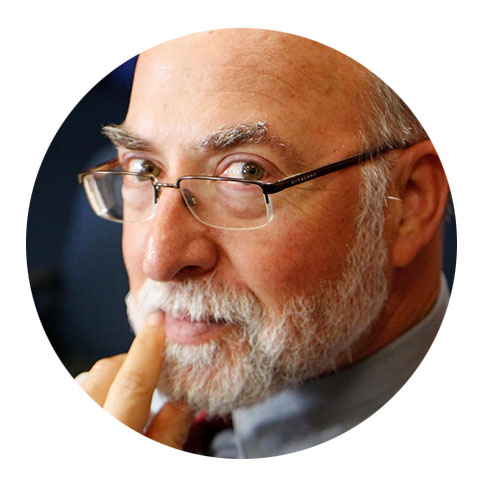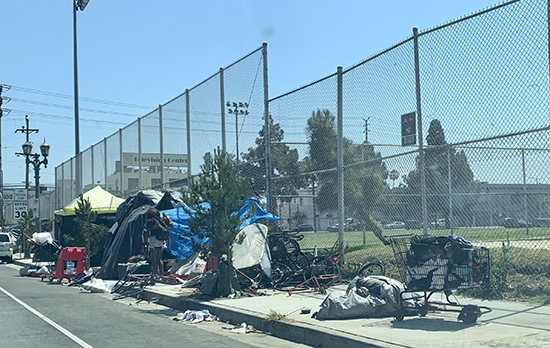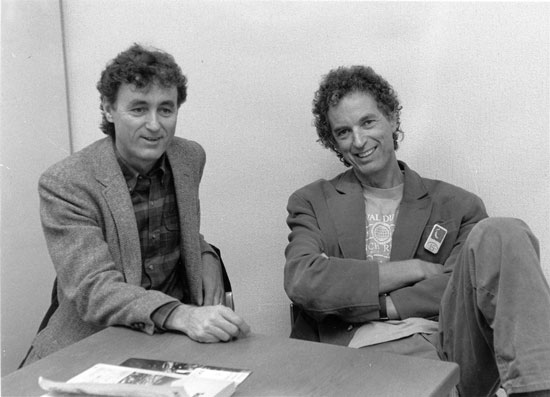On Homelessness, Will Crisis Bring Change?
President Kennedy famously claimed that the Chinese word weiji includes two characters meaning “crisis” and “opportunity.” But linguists tell us that the second character more accurately means something like an inflection point, a crucial juncture at which major change occurs.
Whatever it’s called, we may finally have reached it with the homeless issue. It feels like the beginning of a seismic shift in political consciousness—not so much on the part of the public, who were already there, but on the part of our political leadership, who definitely were not. People have had enough of proliferating tent encampments, trash, and in hillside enclaves, fire dangers. We’re coming up on an election year, where half the Los Angeles City Council, along with the mayor, controller, city attorney and two of the five County supervisor seats (including Topanga’s) will all be on the ballot. Danger signs are flashing, and one leading mayoral contender, council President Pro Tem Joe Buscaino, an ex-cop, is making it a signature issue. The prospect of political defeat, like hanging, seems to be concentrating our electeds’ minds wonderfully.
I’ve been watching this slow-motion human catastrophe for more than 30 years, beginning when I left my radio news job in Hollywood for a newspaper job at the Herald-Examiner downtown, a few blocks from Skid Row. Back then, there was no regional homeless problem, only what looked to the rest of us like stereotyped pockets of beach bums in Santa Monica and Venice, teenage runaways in Hollywood, Skid Row winos downtown, and the occasional bag lady whom we took to be a sad and senile victim of tragic circumstance. Site-specific problems that were easy to ignore by simply avoiding those areas.
Now we know better. People fall into homelessness for many reasons: bad choices, bad luck, and poverty, sure, but also domestic violence, family rejection, health and medical problems, mental illness, personality disorders, and substance abuse, often in toxic combination. It’s a truism that if you’re not already unwell, mentally ill and addicted when you first hit the street, you’re sure to be after spending any substantial time there. The desperation of coping with the constellation of trauma that initially condemned you to the street, compounded by trying to survive without resources, emotional support, shelter from the elements, reliable food supply, sanitation, and personal protection, would be enough to drive anyone mad. It’s no exaggeration when people describe Skid Row, and the proliferating tent encampments all over town, as open-air asylums, whose patients are entirely at the mercy of the elements, including those in their own midst.
It’s inhumane and unconscionable. Yet only a few decades ago, under then-Mayor Tom Bradley, the benign neglect of Skid Row “containment” was the official City policy in downtown Los Angeles. Today, like a contagion leaking out of a research lab, our benign neglect of the homeless problem has burst out of downtown and has spread all over the region, and even by lowball official estimates, is growing by double-digits every year.
This year, due to the pandemic, the Los Angeles Homeless Services Authority (LAHSA)—the City-County joint-powers agency—suspended its annual homeless census. But in January, the Economic Roundtable, an independent economic and policy research organization formerly part of County government, released an analysis that projects homelessness as continually increasing through 2023. The report noted that while homelessness initially lagged unemployment when the 2008 recession began, it kept growing rapidly for several years after it ended—and foresees a similar trajectory for this pandemic recession. The report estimates that for people experiencing chronic homelessness—those living on the street for more than a year with a disabling condition like mental illness, substance abuse, or a physical disability—the numbers will nearly double over the next two years, to almost 30,000. And these homeless—not the ones couch-surfing with friends—are the people we see sprawled on the street, huddling under blankets or cardboard boxes, or gathered in tent encampments.
In this context, Mayor Garcetti’s grandiose promises for Prop. HHH, his $1.2 billion 2016 City bond measure—10,000 new housing units in 10 years—seems like a sad joke. According to the City’s Prop. HHH dashboard, the current target is only 7305 units including manager units (average development cost: $566,547 per unit); more than four years in, barely 11% of the units and projects are in-service. The LAHSA homelessness report for 2017 found that homelessness had increased by 23% over the previous year, to 58,000 countywide; it’s been increasing annually by double-digits ever since, and is poised to increase even faster in the wake of the pandemic. LA County voters, meanwhile, in early 2017 passed Measure H, a 10-year local sales tax generating $355 million annually for homeless services. Despite rosy claims on the County’s Measure H dashboard, residents dismayed by proliferating encampments and trash may well ask, what are those hundreds of millions of taxpayer dollars actually buying?
• • •
So, is this what an inflection point looks like? After keeping a Buscaino homeless cleanup motion bottled up in committee for eight months, the City Council under pressure recently rushed through a weaker substitute motion and draft ordinance promising to restrict street encampments in certain areas under certain conditions. And following Buscaino’s lead, rival candidate Mike Feuer, outgoing City Attorney, recently vowed to declare a state of emergency on his first day in office and set a goal of eliminating street homelessness within five years. Councilmembers Nithya Raman and Mike Bonin, both of whom have strongly opposed aggressive street encampment cleanups, are each facing recall efforts.
For all the sweeping campaign promises to mobilize city leaders, build more housing, increase services, and clean up encampments, officials still talk around or ignore one central issue: what to do about chronically homeless people who can’t care for themselves and won’t leave the street. It’s a failure of mental health policy that began with President Kennedy’s 1963 Community Mental Health Act and carried through in state legislation like California’s Lanterman-Petris-Short Act, which all but prohibits involuntary psychiatric commitment. Government’s promise to replace locked mental hospitals with community-based care was broken almost as soon as it was made.
What was intended as an alternative to the inhumane warehousing of people with mental illness has devolved into their inhumane abandonment on our streets. And as we will see next year, the public may finally have had enough.
A homeless encampment on Cahuenga Boulevard. It’s an election year and people have had enough of proliferating tent encampments, trash, and in hillside enclaves.















